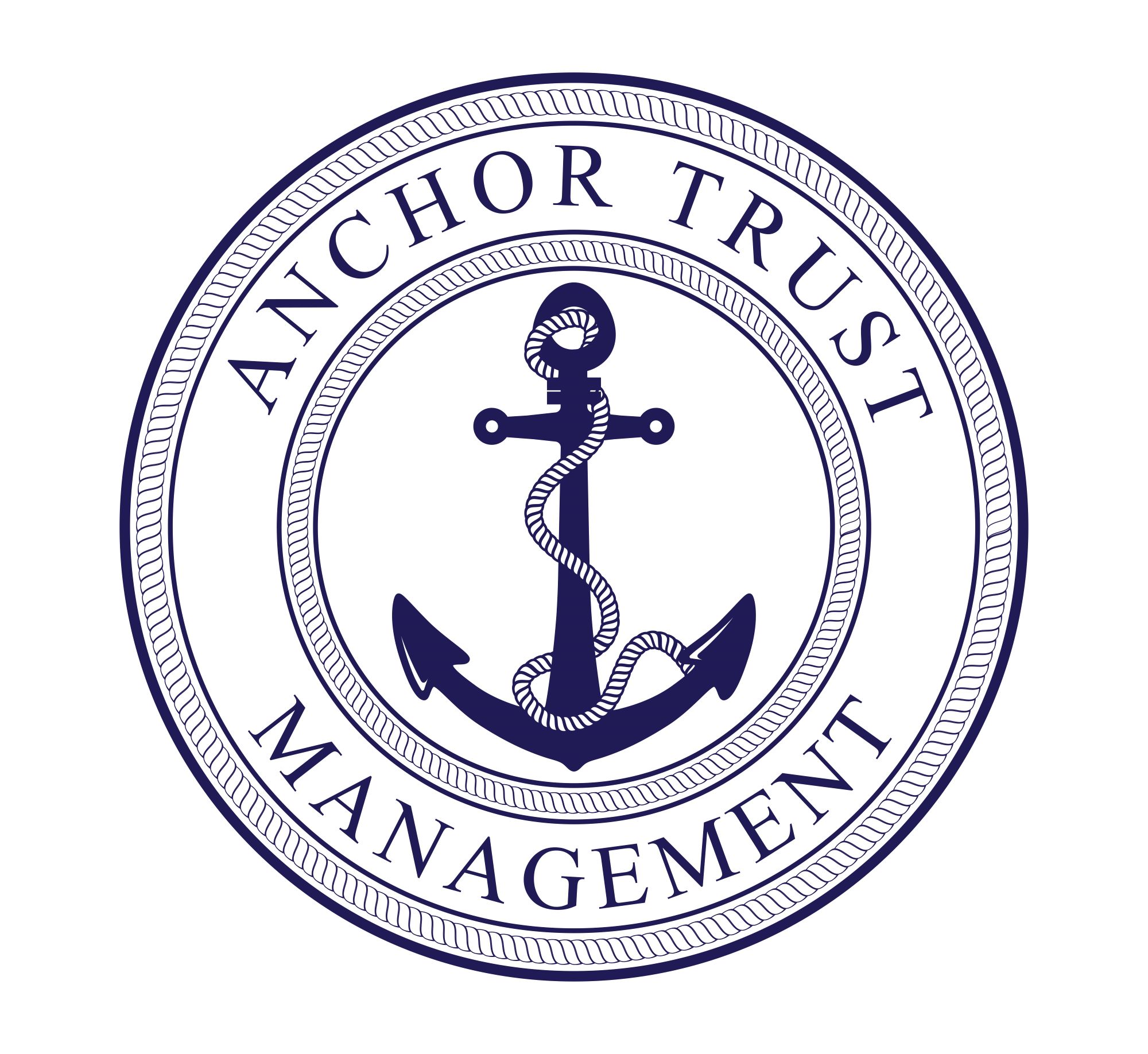It’s the season of giving, and now’s the perfect time to consider adding legacy giving to your estate plan. Through legacy giving – also known as planned giving – you can allocate funds or assets to your charities of choice. We’ll review some of your options for legacy giving, and how to include them in your will or trust.
Choosing a Charity
Many individuals give to charities they feel personally connected to. They may have volunteered with an organization for many years, or donate to an organization focused on a health condition they’ve experienced. Whether you’re seeking to support humanitarian causes, wildlife sanctuaries, or cancer research, your legacy giving can truly have ripple effects around the world.
Of course, if you’re considering an organization you’re not familiar with, you’ll want to ensure that you’re giving to an organization that uses its resources wisely. Unfortunately, there is no shortage of scam charities out there, so it’s important to conduct thorough research before listing an organization in your will or trust.
If you’re searching for reputable organizations to donate to, the FTC provides a charity guide with helpful insights, including links to charity assessment organizations.
Listing Legacy Giving in Your Will or Trust
Once you’ve decided on the charity or charities you wish to support, you’ll need to decide the details on that gift. There are a number of ways to invest in charities with legacy giving. For example, your donations may include:
- A specific dollar amount
- Real estate or property like a home or car
- Proceeds from life insurance or a 401(k)
- A percentage of your estate
Adding legacy giving to your will is pretty straightforward. You’ll list the organization and the arrangements of your gift. You can also list an organization as a beneficiary of your life insurance or retirement account. It’s important to include each organization’s Employer Identification Number (EIN) or Taxpayer Identification Number (TIN) in your estate plan, to ensure your gift is going to the right place. Many nonprofits have similar names.
You have additional options with a trust. For example, through a charitable lead trust you can fund a charity throughout your life or for a set period of time, with excess funds available to non-charity beneficiaries afterwards. A charitable remainder trust reverses this process. Funds are initially available to you and selected non-charity beneficiaries, with remaining funds given to charity upon your passing or at the end of the term you’ve established.
Also, keep in mind that while wills are subject to probate, trusts very rarely are. This can mean the difference between your charities receiving funds immediately upon your passing, or hinging on the timeline of the probate process. Visit our Wills vs. Trusts blog to learn more.
The Benefits of Contacting Your Charity in Advance
When creating your estate plan, be as specific as possible. For example, you may want to support an organization on a national level, or focus your gift on a local chapter. Or if you list a humanitarian organization, you may wish to give to their general fund or to specific initiatives, like healthcare or education.
Because of this, it’s wise to contact your organizations of choice before adding them to your will or trust. Most large organizations offer extensive resources on planned giving, and some even have dedicated planned giving teams. These internal experts can guide you through your options, to help you maximize your gift.
Legacy giving is an impactful way to support the causes near and dear to you, throughout your life and beyond. Our team will dive into the details with you, to help you form a plan that’s aligned with your values.


